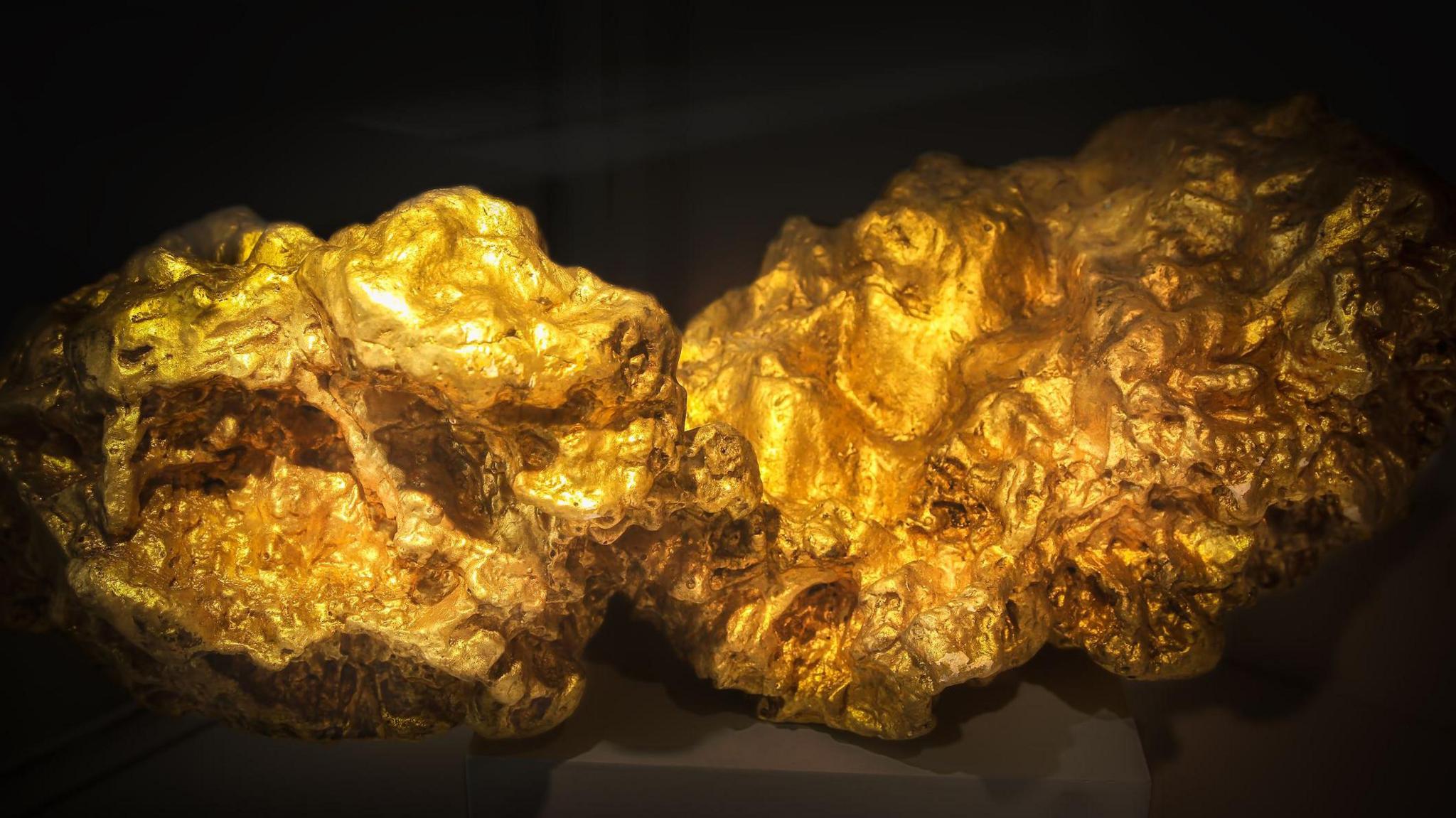Science solves mystery of volcanic eruption that 'turned the sun blue'
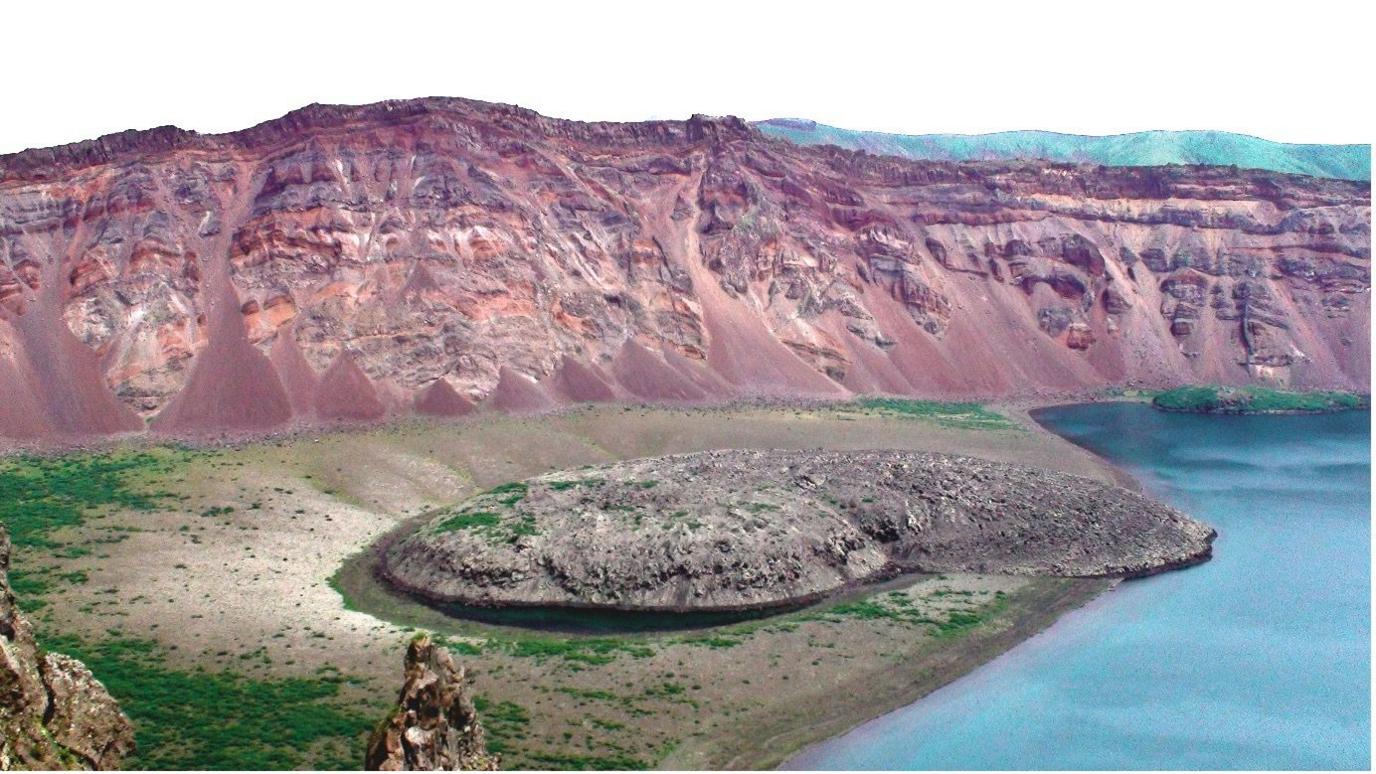
This space was created when the explosion caused the volcano to erupt and collapse on itself
- Published
In 1831 a powerful volcanic eruption released so many sulphurous gases into the atmosphere, it blocked the light from the sun and made it look blue.
The eruption cooled the planet by around one degree, and the cold weather caused crops not to grow and led to famine.
Although the effects were felt across the world, scientists have been puzzled about which volcano caused it for almost 200 years - until now.
The mystery has been solved by researchers at the University of St Andrews. They've revealed that the Zavaritskii volcano on the uninhabited island of Simushir, in the northwest Pacific Ocean, is responsible for the mystery eruption.
More volcano stories
- Published1 May 2024
- Published23 August 2024
- Published12 November 2024
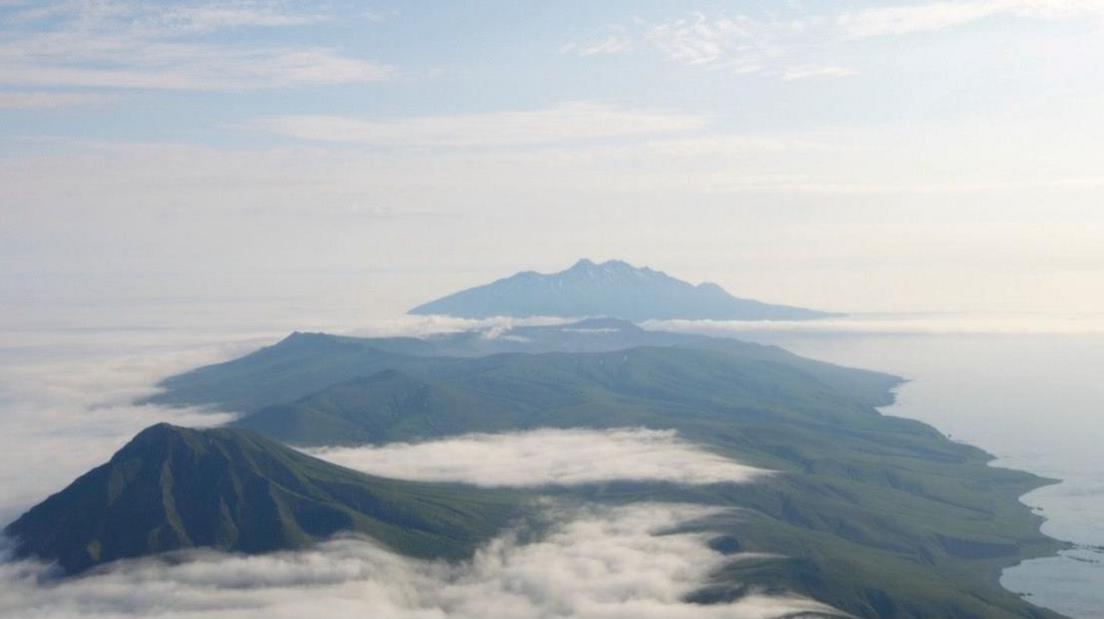
Simushir is part of the Kuril Islands
How did researchers solve the mystery of the 1831 volcanic eruption?
The Kuril islands are a disputed territory between Russia and Japan. This means these countries are in disagreement over who is in charge of them, but they are currently controlled by Russia.
During the Cold War the Soviets used Simushir as a secret nuclear submarine base, docking vessels in a flooded volcanic crater.
New research, published in the journal Proceedings of the National Academy of Sciences, shows how the team analysed ice core records from the 1831 event and identified a "perfect fingerprint match" of the ash deposits.
This is a new technology that has only been developed in the last few years where tiny ash shards can be taken from polar ice cores and analysed.
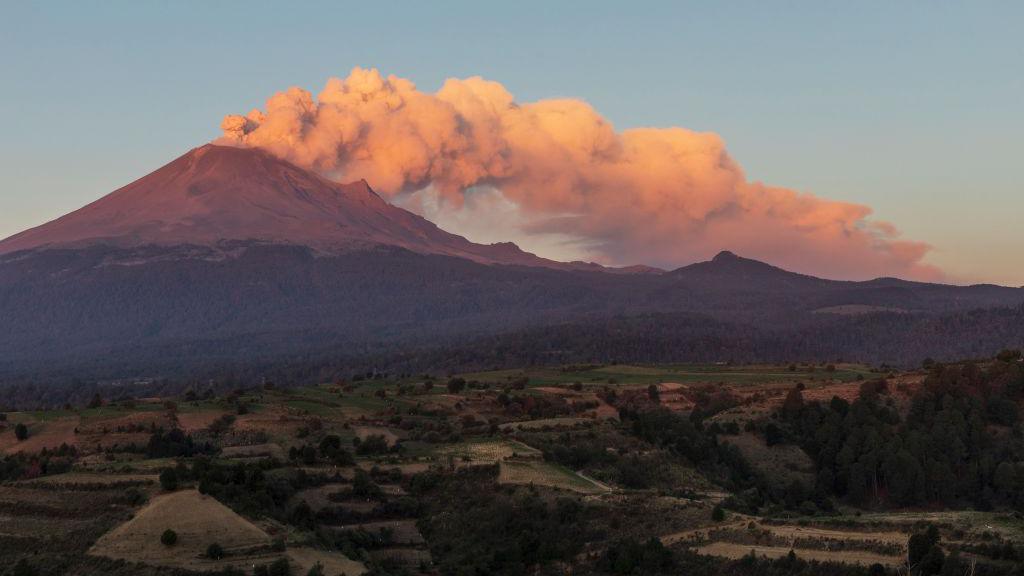
It's hoped the discovery can be used to help predict where future volcanic eruptions may come from
"These shards are incredibly minute, roughly one-tenth the diameter of a human hair," explained Dr Will Hutchison, who has led the research.
Dr Hutchinson said it was a "eureka moment" when the two ashes, one from the volcano and one from the ice core, were found to be identical.
Identifying the sources of these eruptions is helps scientists to monitor the places on Earth most likely to produce volcanic events.
More stories like this
- Published3 October 2021

- Published24 December 2024
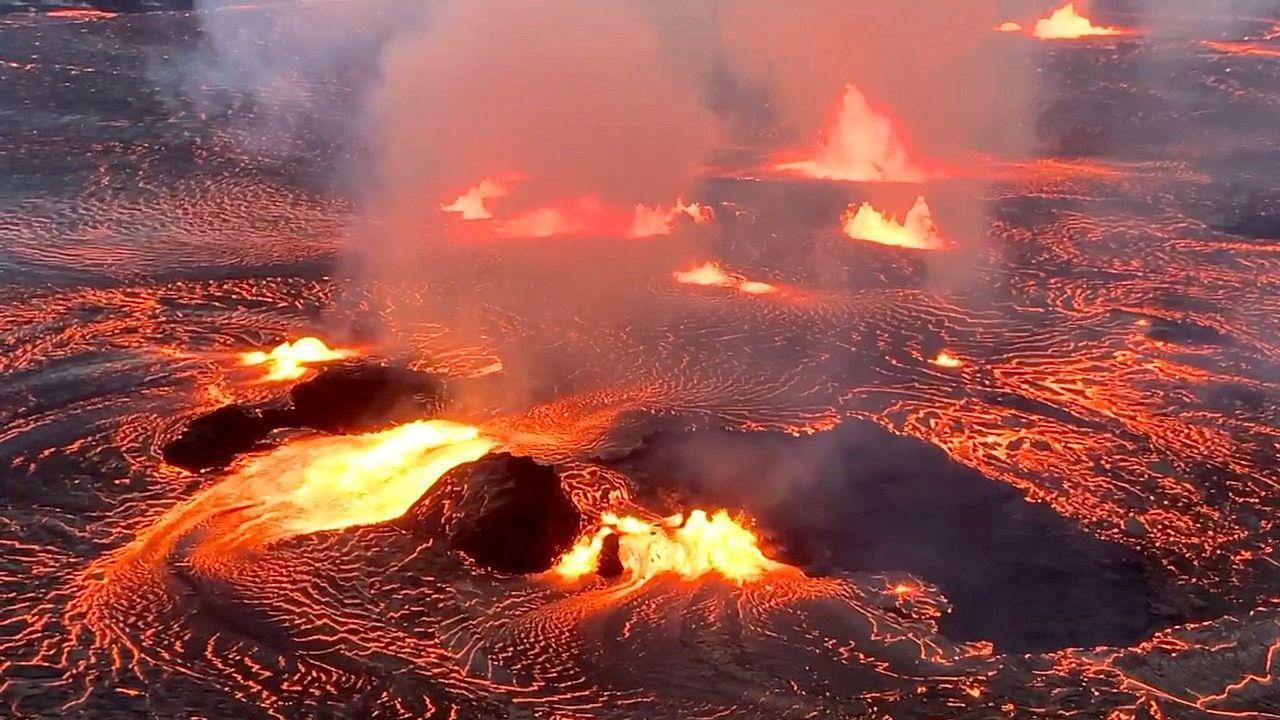
- Published3 September 2024
